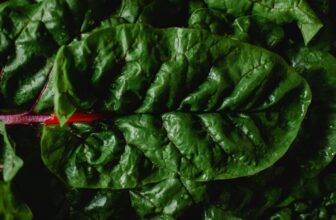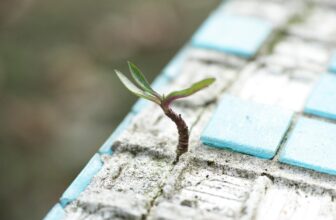
In the new study, scientists focused on studying how our diet would change after a powerful asteroid impact, or in the event of a nuclear winter, without sunlight, and therefore without photosynthesis, which is necessary for almost all plants to live and bear fruit. So, what will be the main food during the end times?
It is known that millions of years ago, an asteroid passed through the Earth’s atmosphere and crashed into the seabed, causing a huge explosion. As a result of the impact, huge clouds of debris blocked sunlight and heat for several years. Plants stopped growing, and the few dinosaurs that survived the explosion died of starvation. However, not everyone found this period to be deplorable – mushrooms, for example, flourished.
End Times
In 2019, science journalist Brian Walsh published a book called “End Times”, which describes three possible scenarios of catastrophic events that directly threaten the existence of humanity:
- collision with an asteroid;
- eruption of a supervolcano;
- nuclear war
All three of these scenarios are not a rosy future for humanity at all – as a result of any of them, sunlight will be blocked, which means that plants simply will not have any source to grow. Brian states that for people to survive, they will have to adapt to new realities, which means they will need the experience of the planet. In conditions without sunlight, we will have to focus on developing agriculture without sunlight – that is, growing mushrooms, rats, and insects.
If one of these scenarios played out, sunlight levels could drop by 90%, then global temperatures could drop by as much as 25 degrees Celsius. Under such conditions, our food system will collapse, and we will have to look for new food sources capable of surviving in new realities.
In the book, Walsh sees growing fungi as the solution to the food disaster. He got this idea from D. Denkenberger, who described his idea in his book “Feeding Everyone No Matter What: Managing Food Security After Global Catastrophe.”
Fungi
According to Walsh, if humans die out in one of these scenarios, the Earth will likely be ruled by mushrooms again. In the end, the journalist suggests considering the option that people should use mushrooms to overcome the food crisis.
Walsh even made mathematical calculations. A log 0.9 meters long and 10 centimeters wide should produce approximately 1 kilogram of mushrooms in four years. This amount does not seem large at all. David Denkenberger believes it should be enough for a population that survive after a natural disaster.
Furthermore, according to Denkenberger, individuals may have the opportunity to utilize the leaves, which can be brewed into a drink, which will contain such lost components as vitamin C, for example. Also, leaves could be utilized as feed for ruminants like cows, if any of them survive the catastrophe.
The researchers also note that one of the biggest sources of food could be rats. They will also be able to feed on dead trees. In addition, they reproduce quickly and do not need sunlight, which makes them a convenient source of food for humans.
Researchers call insects another nutritious “treat”. They will probably be able to survive the consequences of the disaster and can become a source of nutrients for humans.
Those who survived will unite
In addition, in his book, Walsh debunks the common myth that survivors will sooner or later resort to cannibalism. Walsh notes that creating a new agricultural system will require coordinated work. The researchers have to believe that people are more likely to unite in their survival efforts.
We hope that all these catastrophes will remain scenarios. Stay safe!




